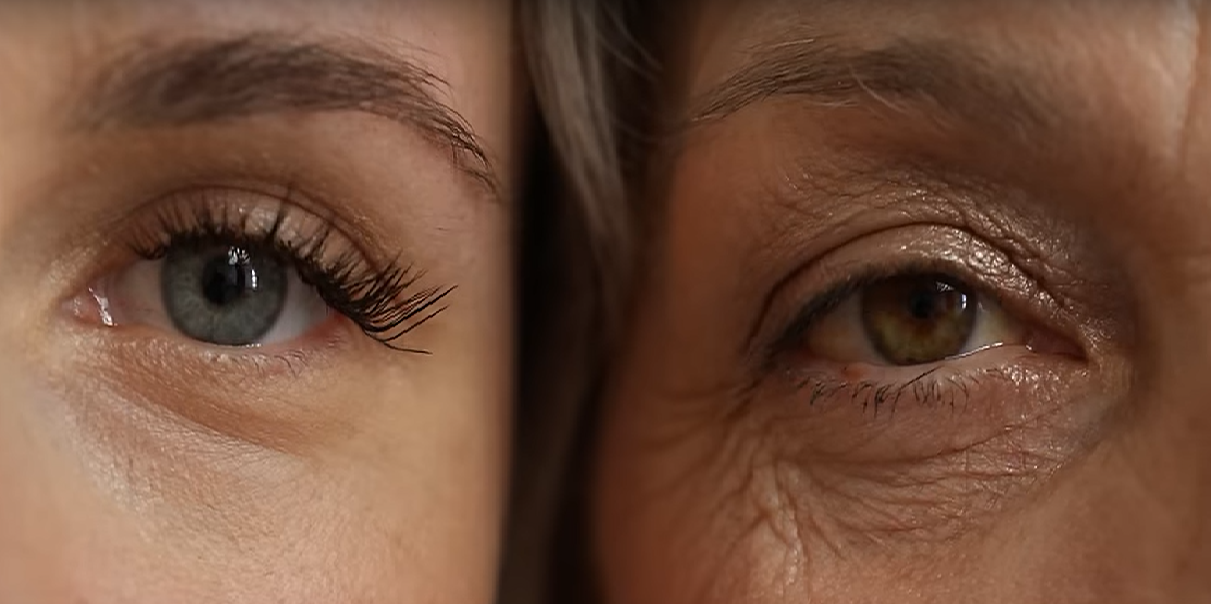The Quest for Immortality: How Tech Billionaires are Funding the Future of Anti-Aging
Imagine if you could turn back the clock to reverse aging, get rid of wrinkles, restore your gray hair to its original color, or see 20/20 again. This isn’t just science fiction anymore. A handful of startups are dedicated to making these dreams a reality, and tech billionaires are pouring money into these ventures, hoping that the technology will be developed before it’s too late for them. These tech moguls, who have amassed fortunes and built empires, are heavily investing in anti-aging research, driven by their desire to prolong their lives and maintain their youthful vigor.
Table of Contents
The Science Behind Cellular Reprogramming
Scientists are exploring ways to manipulate human cells to rejuvenate the body, a technique known as cellular reprogramming. Cellular reprogramming involves resetting cells to a more youthful state, which could potentially reverse the effects of aging. This technology, which once seemed like a distant dream, is now on the brink of becoming a reality.

Understanding Aging and Cellular Reprogramming
Aging is a progressive process characterized by a gradual loss of cellular viability and an increase in vulnerability to diseases. This process begins around age 30, when the chances of dying double roughly every eight years, regardless of geographical or socio-economic factors. To comprehend how cellular reprogramming could combat aging, we must first understand how aging occurs at the cellular level.

Human life begins with a single cell, a fertilized egg, which has the potential to become any type of cell in the body. This cell is a stem cell, which is versatile and can develop into any specialized cell, such as skin, brain, or hair cells. As we age, the number of these stem cells decreases, and their efficiency declines, leading to slower tissue repair and more signs of aging.
The Role of Stem Cells in Aging
Stem cells act as the body’s built-in rejuvenation system, constantly generating new cells to replace old ones. This process is crucial for tissue regeneration, allowing the body to heal from injuries. However, as we age, the accumulation of chemical damage in our cells leads to a decline in stem cell efficiency, resulting in slower healing and more pronounced aging symptoms.
The concept of cellular reprogramming aims to reverse this damage. By resetting differentiated cells (such as skin or muscle cells) back to their original, undifferentiated stem cell state, scientists hope to rejuvenate these cells and restore their youthful functions. This process involves the use of specific genes known as Yamanaka factors, discovered by Japanese scientist Shinya Yamanaka, who won the Nobel Prize in 2012 for this groundbreaking work.
The Promise of Cellular Reprogramming
Yamanaka’s discovery revealed that four special genes could reset differentiated cells into induced pluripotent stem cells, which have the potential to develop into any cell type. This breakthrough opened the door to potentially growing new tissues or organs, such as younger skin or a new heart, using these reprogrammed cells.
The Potential and Challenges of Reprogramming
In laboratory settings, researchers use inactivated viruses to inject Yamanaka factors into cells, a technique similar to how vaccines are administered. This method has shown promise in animal models, with successful experiments in mice demonstrating the potential for cellular reprogramming. However, translating these results from mice to humans involves significant challenges and risks.

One major hurdle is achieving partial reprogramming, where cells become biologically younger without reverting to an embryonic stem cell state. This is crucial because fully reprogrammed cells lose their identity, which can lead to uncontrolled cell growth and the formation of tumors. Therefore, scientists aim to rejuvenate cells while maintaining their specialized functions.
Applications and Future Prospects
If successful, cellular reprogramming could have a profound impact on various age-related conditions. For instance, it could help reverse receding hairlines, alleviate arthritis, regenerate heart muscle after a heart attack, or restore vision by healing retinal neurons. While these applications are still in the research stage, the potential for treating diseases like Parkinson’s or Alzheimer’s by rejuvenating brain cells offers a glimpse into a future where aging might be significantly delayed or even reversed.
The Investment Surge in Longevity Research
The quest to combat aging has attracted substantial investment from some of the world’s wealthiest individuals. Tech billionaires, driven by the desire to extend their lives and maintain their health, are heavily funding longevity research.
Key Players and Investments
Jeff Bezos, the founder of Amazon, is a notable investor in Altos Labs, a secretive startup focused on cellular reprogramming. Altos Labs has recruited top aging scientists and secured at least $3 billion in funding. Another prominent figure in the field is Harvard professor David Sinclair, who has experimented with cellular reprogramming in mice and monkeys and is now aiming to apply these techniques to humans. Sinclair’s private company, Life Biosciences, has raised at least $175 million to advance this technology.
Other notable investors include Sam Altman, the billionaire behind ChatGPT, who has invested $180 million in his longevity startup, Retro Biosciences. These investments reflect a growing belief in the potential of cellular reprogramming to revolutionize healthcare and extend human lifespan.
The Business and Ethical Considerations
While the influx of money and talent into longevity research is promising, it also raises important ethical and practical questions. The complexity of biological systems means that tweaking genes or reprogramming cells can have unintended consequences. For example, continuous expression of Yamanaka factors could increase the risk of cancer or cause other toxic effects that are not yet fully understood.
Additionally, the transition from successful animal experiments to human treatments involves rigorous testing and regulatory approvals. Ensuring the safety and efficacy of these treatments is paramount, as the risks of developing cancer or other adverse effects must be minimized.
Statistical Table: Investment in Longevity Research
| Investor | Company/Startup | Amount Invested | Focus Area |
|---|---|---|---|
| Jeff Bezos | Altos Labs | $3 billion | Cellular reprogramming |
| David Sinclair | Life Biosciences | $175 million | Cellular reprogramming, age-related blindness |
| Sam Altman | Retro Biosciences | $180 million | Cellular reprogramming |
| Misc. Investors | Various Startups | $X billion | Longevity research, anti-aging technologies |
FAQs
What is cellular reprogramming?
Cellular reprogramming is a technique that involves resetting differentiated cells, such as skin or muscle cells, back to their original stem cell state. This process aims to rejuvenate cells and restore their youthful functions, potentially reversing the effects of aging.
What are Yamanaka factors?
Yamanaka factors are a set of four special genes discovered by Japanese scientist Shinya Yamanaka. These genes can reset differentiated cells into induced pluripotent stem cells, which have the potential to develop into any cell type.
How does cellular reprogramming work?
In laboratory settings, researchers use inactivated viruses to inject Yamanaka factors into cells. This method has shown promise in animal models, with successful experiments demonstrating the potential for cellular reprogramming. The goal is to achieve partial reprogramming, where cells become biologically younger without losing their specialized functions.
What are the potential applications of cellular reprogramming?
If successful, cellular reprogramming could reverse receding hairlines, alleviate arthritis, regenerate heart muscle after a heart attack, or restore vision by healing retinal neurons. It also holds promise for treating diseases like Parkinson’s and Alzheimer’s by rejuvenating brain cells.
What are the risks associated with cellular reprogramming?
One major risk is the formation of tumors due to uncontrolled cell growth. Continuous expression of Yamanaka factors could increase the risk of cancer or cause other toxic effects that are not yet fully understood. Ensuring the safety and efficacy of these treatments is crucial.
Who are the major investors in longevity research?
Tech billionaires such as Jeff Bezos, David Sinclair, and Sam Altman are heavily investing in longevity research. Their investments reflect a growing belief in the potential of cellular reprogramming to revolutionize healthcare and extend human lifespan.
Conclusion
The pursuit of immortality and the quest to reverse aging are no longer confined to the realm of science fiction. With significant investments from tech billionaires and groundbreaking research in cellular reprogramming, the possibility of extending human lifespan and maintaining youthful vigor is becoming increasingly plausible. While the journey from lab experiments to real-world applications involves numerous challenges and risks, the potential rewards are monumental. If successful, these advancements could transform healthcare, improve quality of life, and redefine what it means to age.














Post Comment